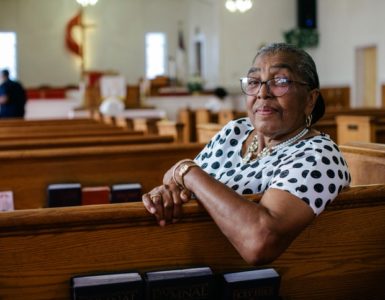This post was originally published here (Urban Institute Research)
When people think about welfare, they often imagine government assistance—often cash—for people living in poverty.
The main government program associated with cash welfare is Temporary Assistance for Needy Families (TANF), which provides cash assistance to low-income families with children (childless adults are not eligible). But most low-income families do not receive cash assistance. In 2014, only 23 families in poverty received assistance for every 100 such families nationwide. And in an average month in 2016, about 1 percent of the total population received TANF cash assistance.
The cash support available to families and the conditions under which they can receive it largely depend on where they live. TANF gives states the flexibility to determine the mission, design, and benefits of their programs, and states are under no legal obligation to provide cash assistance to families living in poverty. Consequently, state TANF policies vary widely in their generosity (e.g., the maximum monthly benefits families can receive and the assets they can keep), restrictiveness (e.g., work requirements families must meet to receive benefits and sanctions for not meeting them), and how long a family can receive assistance.
Looking at what drives variation in state TANF programs, we considered the following questions: Do states with more generous TANF benefits have less restrictive requirements and benefit duration? Or do states with more generous benefits counterbalance that generosity by having more restrictive requirements and benefit duration? We also observed the effects of state differences on selected racial groups.









